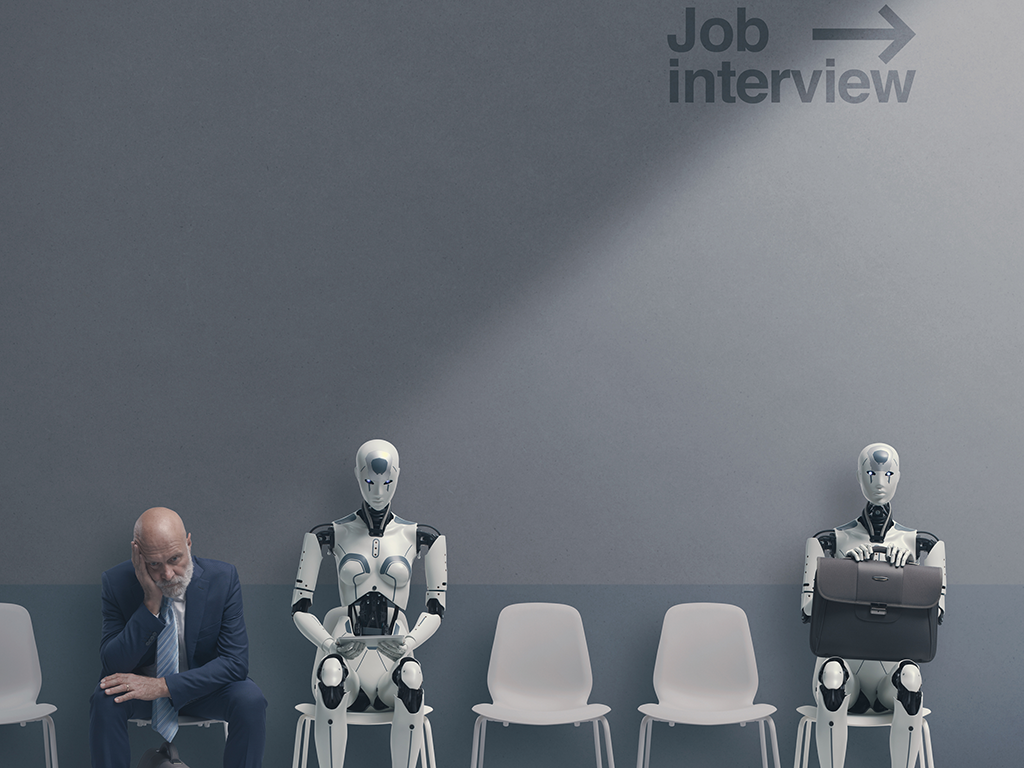Reading Time: 4 minutes
In the dynamic realm of human resources, the integration of technology has evolved into a critical component of organizational success. The rapid digital transformation, propelled by the global shift to remote/hybrid work and the accelerated adoption of artificial intelligence (AI), has reshaped the way organizations manage their talent. In this era of change, HR leaders are embracing people analytics to make informed decisions and enhance overall organizational success.
The Evolution of Remote/Hybrid Work Culture:
The concept of remote/hybrid work, once met with skepticism and reluctance, became a tangible reality for companies and employees alike during the COVID-19 pandemic. This forced experiment has given rise to strong and informed opinions about the work culture that best suits organizations and individuals. Businesses as they adjust to the new normal, remote or hybrid work experience has become a critical factor in shaping talent trends in HR.
Employees now prioritize flexibility, work-life balance, and the ability to work from anywhere. Companies, in turn, are reevaluating their policies and adopting hybrid work models to accommodate the preferences and needs of their workforce. The integration of people analytics is playing a pivotal role in understanding and optimizing these evolving work dynamics.
AI’s Growing Role in HR:
The urgency to incorporate artificial intelligence (AI) into HR functions has become increasingly evident. 81% of HR directors have investigated or used AI solutions to increase process efficiency in their companies, according to new data from Gartner. The integration of AI, especially generative AI, is seen as a key driver for staying competitive in the evolving business landscape.
With 76% of HR leaders believing that organizations failing to adopt AI solutions in the next two years will lag in organizational success, the pressure to embrace AI is palpable. As technology develops, HR professionals are using AI to improve employee engagement, expedite the hiring process, and make data-driven choices that will benefit the company as a whole.
The Impact of Innovation on Workplaces:

India’s remarkable rise in the Global Innovation Index, jumping from the 81st position in 2018 to the 40th position in 2022, reflects a growing emphasis on creativity and ingenuity. This surge in innovation has a direct correlation with the workplace, as employees in organizations recognized as Best Workplaces™ demonstrate higher rates of innovation.

Our data from India’s Best Workplaces Building a Culture of Innovation by All 2023 report shows that employees in Best Workplaces exhibit an 18% higher rate of innovation, 9% more connection to their organization, and an 8% increase in individual inspiration. These statistics underline the importance of a positive work environment in fostering creativity and innovation, reinforcing the link between talent trends and organizational success.
Best Workplaces Leading the Way:
Organizations recognized as Best Workplaces are not only associated with higher innovation rates but also exhibit 2X more readiness to innovate compared to their counterparts. This highlights the significance of a work environment that is supportive and employee-focused on an organization’s capacity to adjust and prosper in a business environment that is changing quickly.

As HR leaders explore ways to attract and retain top talent, creating an environment that promotes innovation and employee well-being emerges as a key strategy. People analytics, powered by AI, becomes an essential tool in identifying and implementing initiatives that contribute to a positive workplace culture.
Debunking Myths About AI in HR Technology:
Despite the growing acceptance and adoption of AI in HR, there are lingering myths that hinder its full integration. Addressing these misconceptions is crucial for organizations to leverage the true potential of AI in enhancing HR functions.
- Myth 1: When tech outperforms employees in their existing roles, tech will replace them.
- Reality: The purpose of AI technologies is to complement human abilities, not to replace them. Technology is meant to be pervasive in employees’ activities, working collaboratively with human workers to increase efficiency and productivity.
- Myth 2: HR leaders are holding back on AI-powered tool implementation because of concerns.
- Reality: Despite concerns related to data privacy, bias, and ethics, AI adoption is on the rise. In a Gartner benchmarking session, 52% of HR leaders expressed active exploration of potential use cases and opportunities for generative AI.
The future of talent trends in HR is intricately woven with the threads of remote work, AI integration, innovation, and employee-centric practices. Making the most of people analytics becomes essential for organizations looking to stay ahead in a constantly shifting landscape. Human Resources leaders can reimagine their strategies and create a culture of creativity and resilience that catapults their companies to new heights of success by debunking myths and embracing the transformative potential of AI. In this era where the workforce is no longer confined to physical offices, the adaptability and foresight enabled by people analytics and AI are becoming indispensable tools for navigating the evolving landscape of talent management.





